| Item Type: | Article |
|---|---|
| Title: | Extrachromosomal DNA-driven oncogene dosage heterogeneity promotes rapid adaptation to therapy in MYCN-amplified cancers |
| Creators Name: | Montuori, Giulia, Tu, Fengyu, Qin, Di, Schmargon, Rachel, Rodriguez-Fos, Elias, Helmsauer, Konstantin, Hui, Hui, Mandal, Susmita, Purshouse, Karin, Fankhänel, Lara, Bosco, Bartolomeo, Spanjaard, Bastiaan, Seyboldt, Hannah, Grunewald, Laura, Schmitt, Matthias Jürgen, Gürgen, Dennis, Buck, Viktoria, Rosenfeldt, Mathias T, Dubois, Frank P.B., Schallenberg, Simon, Lehmann, Annika, Theißen, Jessica, Taschner-Mandl, Sabine, Koch, Arend, Hundsdoerfer, Patrick, Künkele, Annette, Eggert, Angelika, Fischer, Matthias, Gargiulo, Gaetano, Krieger, Teresa G, Chavez, Lukas, Coscia, Fabian, Werner, Benjamin, Huang, Weini, Henssen, Anton G. and Dörr, Jan R. |
| Abstract: | Extrachromosomal DNA (ecDNA) amplification enhances intercellular oncogene dosage variability and accelerates tumor evolution by violating foundational principles of genetic inheritance through its asymmetric mitotic segregation. Spotlighting highrisk neuroblastoma, we demonstrate how ecDNA amplification undermines the clinical efficacy of current therapies in cancers with extrachromosomal MYCN amplification. Integrating theoretical models of oncogene copy number–dependent fitness with single-cell ecDNA quantification and phenotype analyses, we reveal that ecDNA copy-number heterogeneity drives phenotypic diversity and determines treatment sensitivity through mechanisms unattainable by chromosomal oncogene amplification. We demonstrate that ecDNA copy number directly influences cell fate decisions in cancer cell lines, patient-derived xenografts, and primary neuroblastomas, illustrating how extrachromosomal oncogene dosage–driven phenotypic diversity offers a strong evolutionary advantage under therapeutic pressure. Furthermore, we identify senescent cells with reduced ecDNA copy numbers as a source of treatment resistance in neuroblastomas and outline a strategy for their targeted elimination to improve the treatment of MYCN-amplified cancers. SIGNIFICANCE: ecDNA-driven tumor genome evolution provides a major challenge to curative cancer therapies. We demonstrate that ecDNA copy-number dynamics drives treatment resistance by promoting oncogene dosage–dependent phenotypic heterogeneity in MYCN-amplified cancers. Exploiting phenotype-specific vulnerabilities of ecDNA cells, therefore, presents a powerful strategy to overcome treatment resistance. |
| Keywords: | DNA Copy Number Variations, Gene Amplification, Gene Dosage, Genetic Heterogeneity, N-Myc Proto-Oncogene Protein, Neoplasm Drug Resistance, Neuroblastoma, Tumor Cell Line, Animals, Mice |
| Source: | Cancer Discovery |
| ISSN: | 2159-8274 |
| Publisher: | American Association for Cancer Research |
| Volume: | 15 |
| Number: | 10 |
| Page Range: | 2054-2077 |
| Date: | 6 October 2025 |
| Additional Information: | Copyright © 2025 American Association for Cancer Research |
| Official Publication: | https://doi.org/10.1158/2159-8290.CD-24-1738 |
| External Fulltext: | View full text on external repository or document server |
| PubMed: | View item in PubMed |
| Related to: |
Repository Staff Only: item control page

 Tools
Tools Tools
Tools

